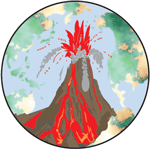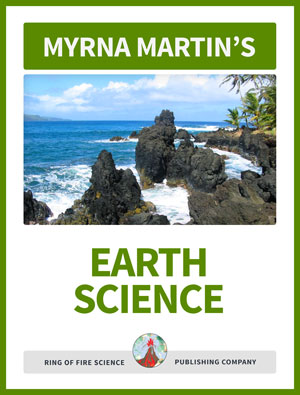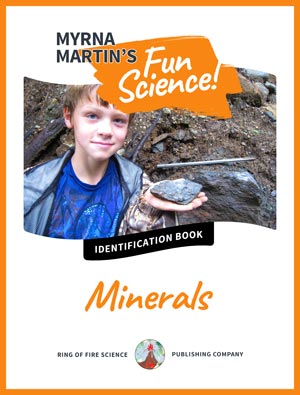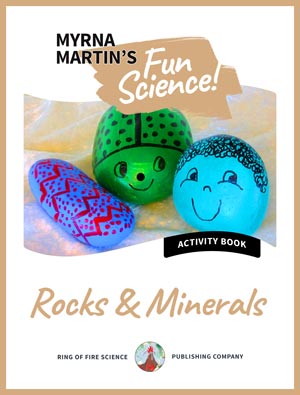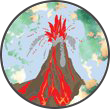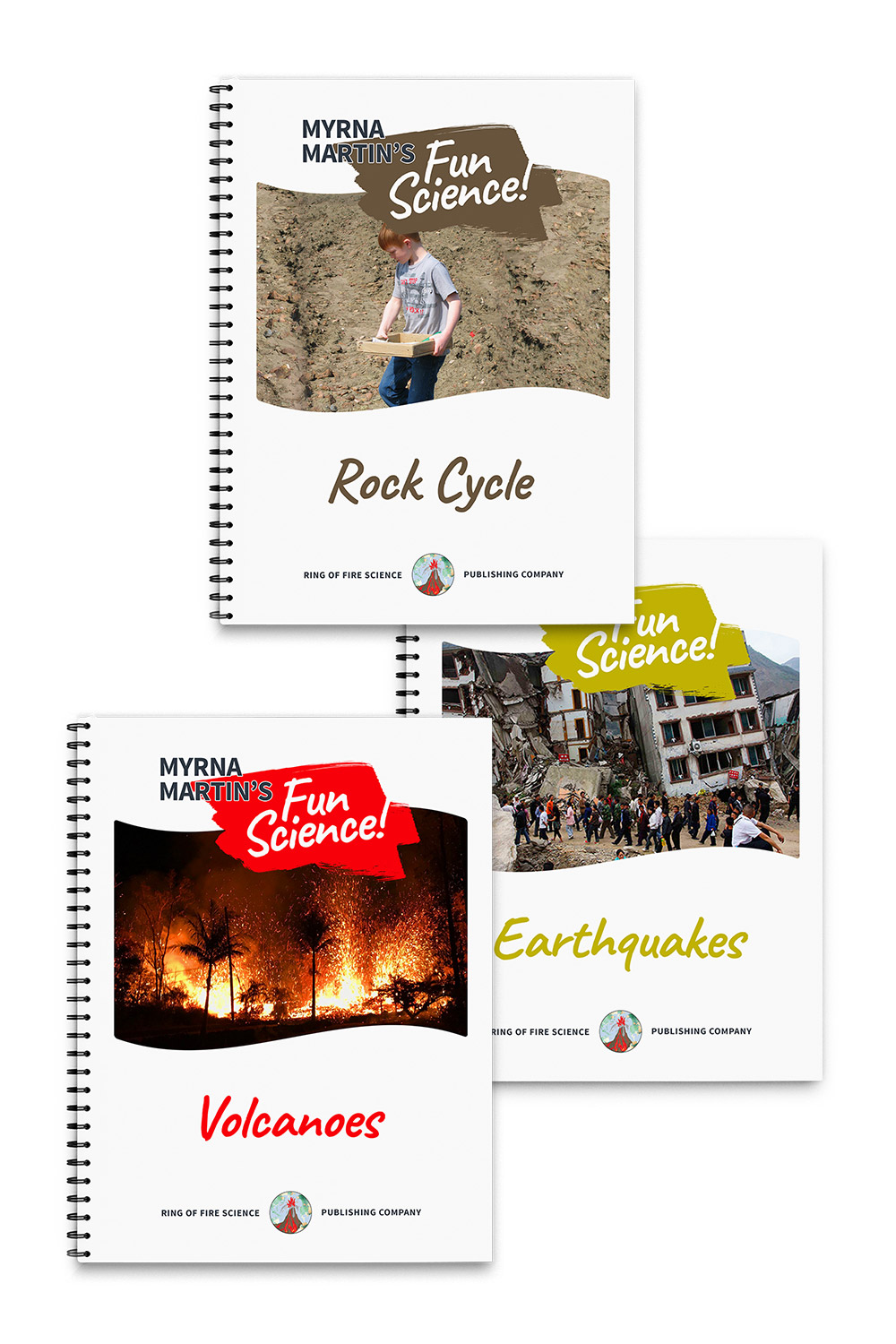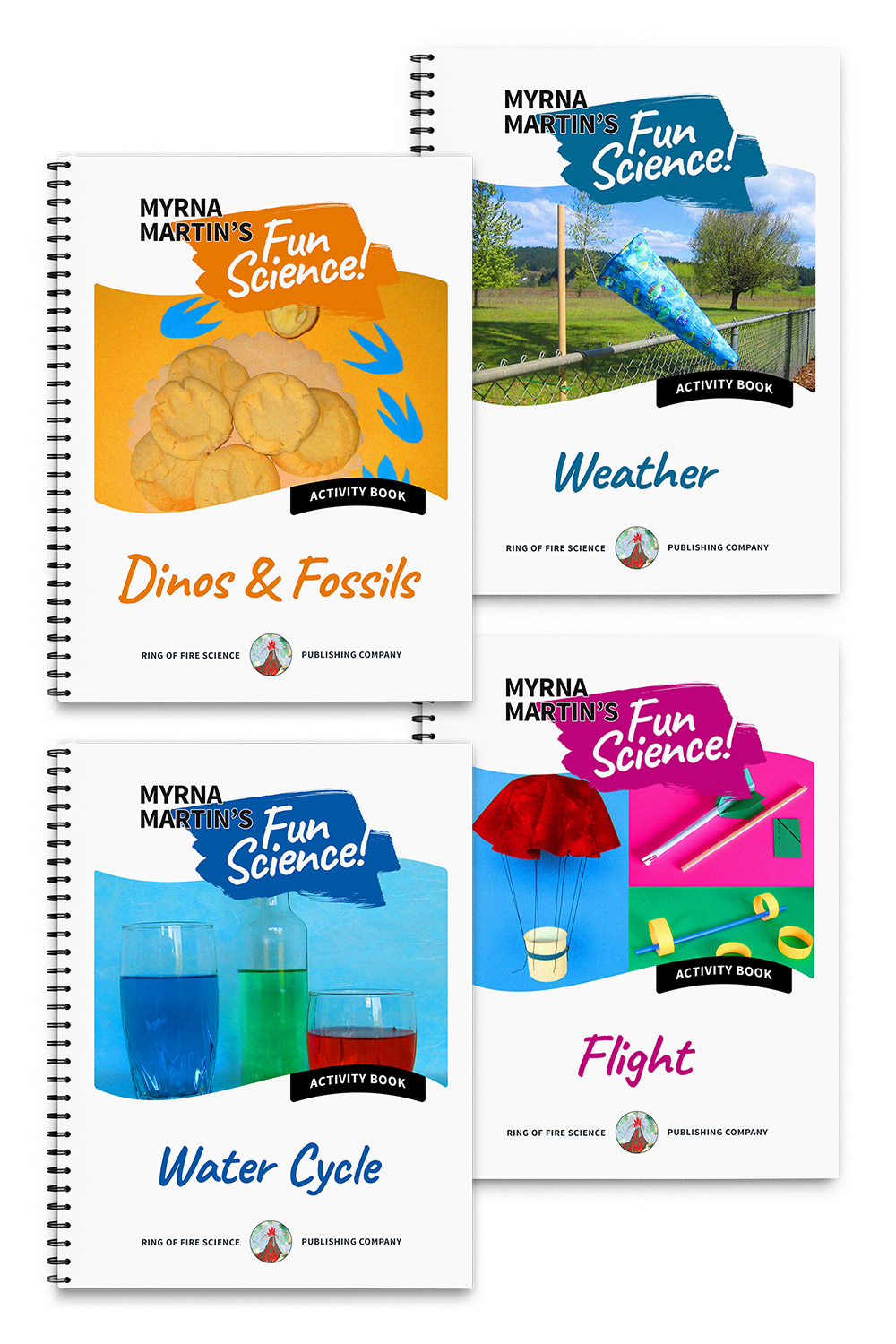What is pyroclastic material?
Two types of pyroclastic material
Tephra
Tephra is a term used to describe igneous rocks that formed during
a volcanic eruption that blew molten rock into the air. Shield volcanoes often
have fissure eruptions when long cracks in the ground (fissures) often open on
the flanks of the volcano. The fissure allows molten rock to shoot into the air
creating “curtains of fire.”
Lava rocks
Other eruptions in Hawaii produce rivers of
molten rock that flow for miles before entering the ocean. Geologists
distinguish between these two types of igneous rocks by referring to all rocks
that were airborne during the eruption as tephra. Ash, cinders, scoria, lava
bombs and blocks are all examples of tephra. Lava flows produce lava rocks.
Different types of pyroclastic material
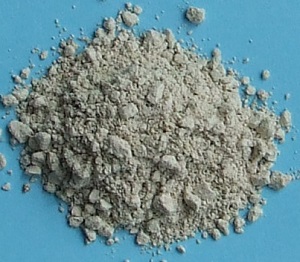 |
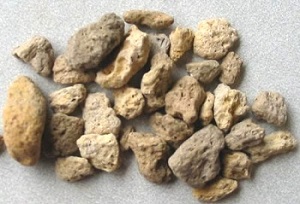 |
 |
|
Mount Mazama ash |
Lapilli (small stones) |
Lava bomb |
Volcanic ash
Volcanic ash is a type of tephra
Tephra can be any size and
individual pieces of tephra may be as fine as flour dust or as big as a house. Ash
is the most common material formed during violent eruptions. Volcanic ash is so
fine that it sometimes enters the jet stream and is carried around the Earth
for years. Ash in the jet stream creates beautiful red sunsets after very large
volcanic eruptions. Ash in the jet stream can also lower the Earth’s surface
temperature several degrees for a year or two following a major eruption.
Lapilli, Lava bombs, and lava blocks
Lapilli
Pea to walnut sized pieces of
rock that range in size between 2 mm and 64 mm. Lapillus is an Italian word
meaning little stones. All types of lava produce lapilli.
Lava bombs
Fragments of rock greater than 64
mm in size. Glowing semi-molten blobs of lava blown out of a volcano create
lava bombs. While airborne lava bombs become streamlined forming aerodynamic
shapes.
Some lava bombs contain gases within the rock that continue to expand after they land. The expanding gas causes the outside shell of the lava bomb to crack so that it resembles the crust of freshly baked bread. These lava bombs are bread crust bombs.
Violent volcanic eruptions
Lava blocks are often produced during violent volcanic eruptions when pieces of a volcano are blown away. The rock fragments are greater than 64 mm in size with no upward limit to their size.
Lava blocks
Lava blocks are rock fragments greater than 64 mm in size. During extremely violent volcanic eruptions, blocks of solid rocks as large as a car can be blown out of a volcano. The lava blocks have angular shapes and sharp edges.
Lava blocks are large pieces of rock blown out of a volcano which have angular shapes and are solid. Some lava blocks are pieces of the volcano vent or sides of the volcano when it blows apart. The pieces can be as big as a small car. Lava blocks are the largest pieces of pyroclastic material ejected during a violent eruption.

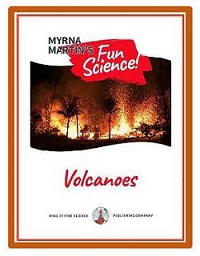
Click for More Information and to Order
Pumice floats
Pumice
Pumice is light-colored igneous rock blown into the air in a semi-liquid state. The rock cools so fast it does not have time to crystallize. Gas bubbles inside the molten lava expands producing a rock that resembles a sponge.
Floating rocks
Rhyolite and dacite magmas produce pumice. Gas bubble holes in pumice lower the density of the rock enough that pumice is often buoyant enough to float. Sailors in past years told stories about walking to shore on pumice from their boats. The rocks sink when the gas bubble holes fill with water.
Pumice is often buoyant enough to float and has been known to float for thousands of miles after a major eruption. It is often found on the shores of volcanic islands thousands of miles from the eruption.
Ignimbrite
Ignimbrite is a rock produced by pyroclastic flows. Pyroclastic flows are the deadliest forces in nature.The temperature of the rocks can be initially as high as 1500°F (815°C). Pyroclastic flows travel at speeds up to 200 km and can travel over 100 km from their source.
Ignimbrite has three layers. The top and bottom layers cool much quicker than the middle layer. These two layers resemble sedimentary rocks. The center layers is welded tuff. Welded tuff is a hard rock with bits and pieces of glassy material scattered throughout the rock that welded together as the rock cooled.
KIDS FUN Science Bookstore
Check out Myrna Martin's award winning textbooks, e-books, videos and rock sets. The Kids Fun Science Bookstore covers a wide range of earth science topics. Click here to browse.


